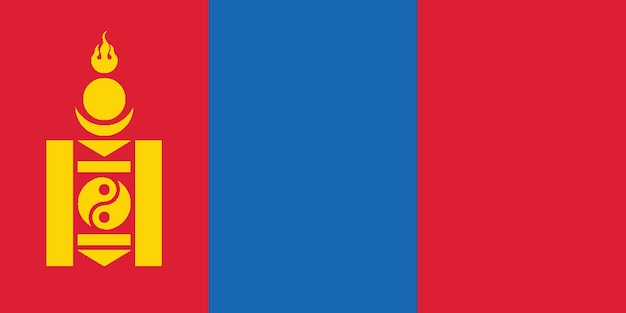
Unveiling the Mystery Behind Mongolian Blue Birthmarks
Mongolian blue birthmarks, often referred to simply as “Mongolian spots,” are intriguing yet misunderstood skin markings that many individuals are born with. These unique birthmarks can raise questions and spark curiosity. In this comprehensive guide, we will delve into the world of Mongolian blue birthmarks, exploring their causes, dispelling common myths, discussing treatment options, and addressing frequently asked questions.
Introduction
Mongolian blue birthmarks, characterized by their distinctive bluish or grayish appearance, have intrigued and puzzled people for generations. these birthmarks, often found on the lower back, buttocks, or other parts of the body, have sparked various myths and misconceptions. In this article, we will explore the facts behind Mongolian blue birthmarks and provide valuable insights into their nature and treatment.
What is a Mongolian Blue Birthmark?
A Mongolian blue birthmark, scientifically known as a congenital dermal melanocytosis, is a benign skin condition that presents as blue or gray patches on the skin. These marks typically appear at birth or shortly afterward and vary in size and shape. While they are most commonly found on the lower back, they can also appear on other parts of the body, such as the shoulders or thighs.
Causes of Mongolian Blue Birthmarks
The exact cause of Mongolian blue birthmarks is still under investigation. However, these birthmarks are believed to be related to the entrapment of melanocytes (pigment-producing cells) in the deeper layers of the skin during fetal development. This entrapment leads to the characteristic bluish appearance of the birthmarks.
Dispelling Myths Surrounding Mongolian Blue Birthmarks
Over the years, many myths and superstitions have arisen regarding Mongolian blue birthmarks. Some believe they are a sign of past-life injuries, while others associate them with luck or misfortune. In this section, we will debunk these myths and shed light on the true nature of these birthmarks.
Do Mongolian Blue Birthmarks Require Treatment?
In most cases, Mongolian blue birthmarks are harmless and do not require medical intervention. They are not painful and typically do not cause any discomfort. However, there are instances where treatment may be considered, especially if the birthmarks are unusually large or raised.
Treatment Options for Mongolian Blue Birthmarks
For those who wish to reduce the appearance of Mongolian blue birthmarks, several treatment options are available. These include laser therapy, topical creams, and surgical excision. The choice of treatment depends on the size and location of the birthmark and should be discussed with a dermatologist.
Can Mongolian Blue Birthmarks Fade Over Time?
Mongolian blue birthmarks often fade naturally as a child grows. By adolescence or early adulthood, many individuals see a significant reduction in the visibility of these birthmarks. However, their complete disappearance varies from person to person.
How to Care for a Child with Mongolian Blue Birthmarks
Parents of children with Mongolian blue birthmarks may wonder about proper care and hygiene. This section will provide practical tips on how to care for a child with these birthmarks and ensure their well-being.
When to Consult a Dermatologist
While most Mongolian blue birthmarks are harmless, there are cases where consulting a dermatologist is advisable. We will discuss the signs that indicate the need for professional medical evaluation.
Is It Possible to Prevent Mongolian Blue Birthmarks?
Preventing Mongolian blue birthmarks is not currently possible, as they are believed to develop during fetal development. However, understanding their causes and characteristics can help expectant parents better prepare for their child’s arrival.
Famous Individuals with Mongolian Blue Birthmarks
Discover how some well-known personalities have embraced their Mongolian blue birthmarks and become advocates for self-acceptance and diversity.
Embracing Uniqueness: Celebrating Mongolian Blue Birthmarks
Every individual is unique, and Mongolian blue birthmarks are just one aspect of that uniqueness. This section encourages readers to celebrate diversity and promotes self-confidence.
Mongolian Blue Birthmarks and Cultural Significance
Explore how different cultures view and interpret Mongolian blue birthmarks, from ancient beliefs to modern perspectives.
Conclusion
In conclusion, Mongolian blue birthmarks may be a source of curiosity and wonder, but they are ultimately harmless. Understanding their causes, debunking myths, and exploring treatment options can help individuals and parents make informed decisions about their care.
Frequently Asked Questions (FAQs)
Q1: Are Mongolian blue birthmarks the same as bruises? Q2: Can Mongolian blue birthmarks be hereditary? Q3: What is the best age for treatment of Mongolian blue birthmarks? Q4: Do Mongolian blue birthmarks pose any health risks? Q5: Are there any home remedies to fade Mongolian blue birthmarks?
